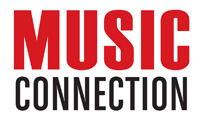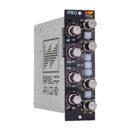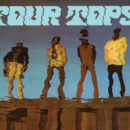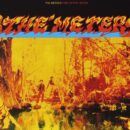 All photos by Jody Domingue
All photos by Jody Domingue
Know the gear, know the theory: There are many online tutorials on how to get the best sounds for your studio recordings and working on your sounds in your favorite DAW. The majority are very good, and the explanations of the use of dynamic control, microphone and monitor speaker placement and how to apply effects will definitely help your studio-based projects to sound a lot better. However, most of these techniques are completely irrelevant to the live situation and, in some cases, will actually make your life more difficult. You need to understand how sound behaves at a high volume and how live sound systems are put together in order to get your sound at every venue you perform in. Let’s start with the first difference between your studio environment and the live stage––volume.
Turn it up!: It is very unlikely that you will listen to music in your home studio at anything like the level you will experience in the live environment. It is therefore also unlikely that you will ever experience feedback, also known as howl round, squeal or screeching, in your studio––which is a good thing. Performing with amplified sound sources, on the other hand, can cause a particular set of problems, feedback being one of them. This one sound “problem” creates more anxiety and confusion for inexperienced musicians than any other part of the live performance. However, feedback is very easily avoided if you understand the cause.
Feedback is a loop of sound created when the output of a sound source (through a loudspeaker for instance) is picked up by the same microphone that is being used to amplify that sound source in the first place. The classic example involves a vocal microphone and a monitor “wedge” (the loudspeaker placed on stage to help the singer hear herself––more on this later). In our example the singer’s voice is picked up by the vocal microphone and amplified by the monitor. As the vocalist asks for the level of her vocal to be turned up in the monitor (to better hear herself), the sound coming out of the monitor starts to be picked up actually by her own microphone. A sound loop then starts as the sound from the monitor is picked up by her microphone, which is then sent back into the monitor, back into the microphone, into the monitor, into the microphone....you get the picture. The result of this loop will be the excessive amplification of certain audio frequencies, which will become part of the sound coming from the monitor speaker. At high volumes this resulting sound can be excruciating and can ruin a performance––just ask Madonna.
Avoid feedback – the correct use of your mic: So now you know what causes feedback, how do you avoid it? Well, most stage feedback comes from vocal microphones, as described above, and a major contributor to that feedback is bad microphone technique.
Microphone technique involves knowing how to hold your microphone, how to treat it, how to sing into it, and what you should or should not do with your microphone when onstage. Good microphone technique will reduce the threat of feedback—a major priority for any live performer. Good microphone technique will also help whoever is mixing the sound for the audience––more on that later. But we should first look at some basic microphone theory in order to perfect our microphone technique.










